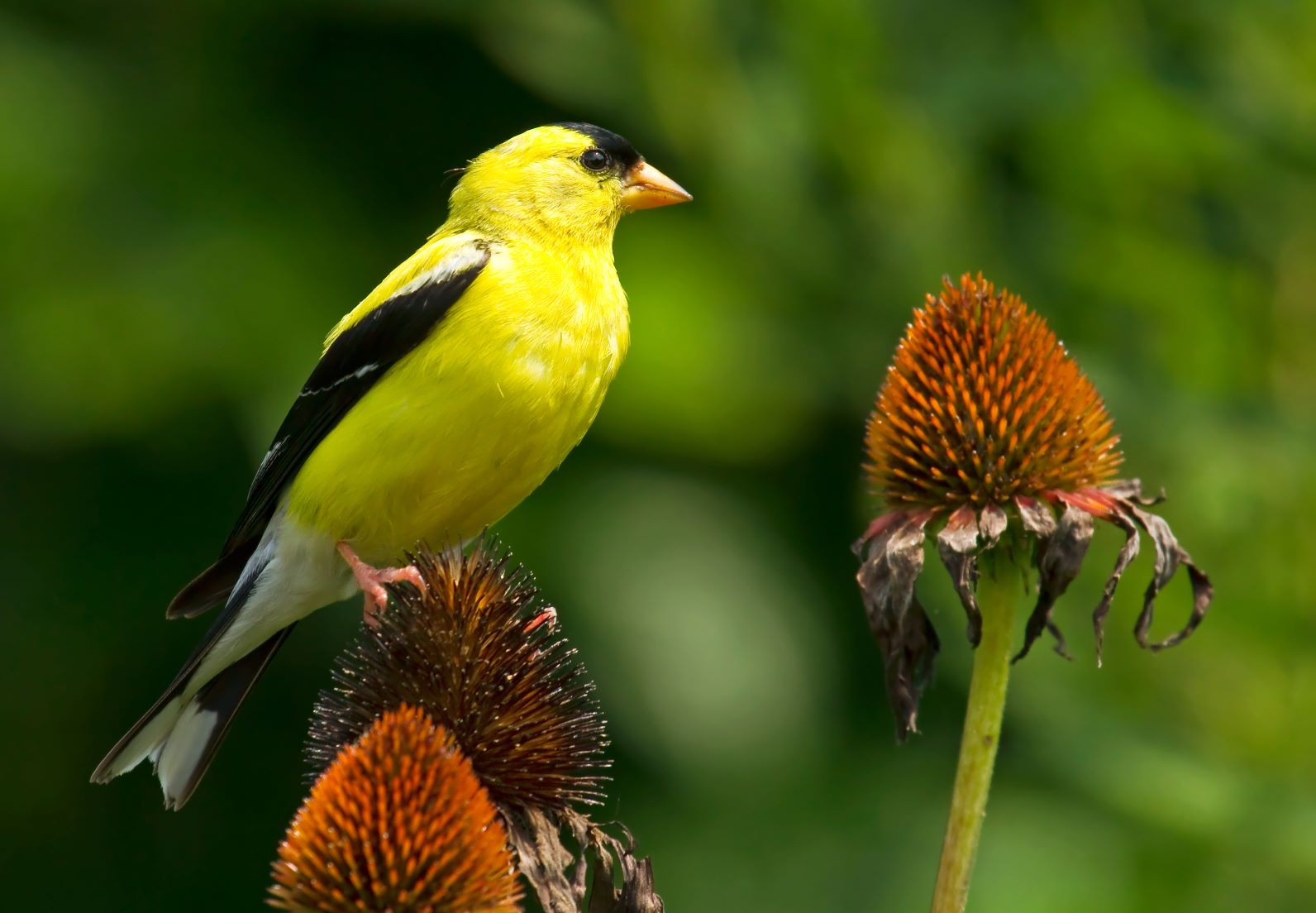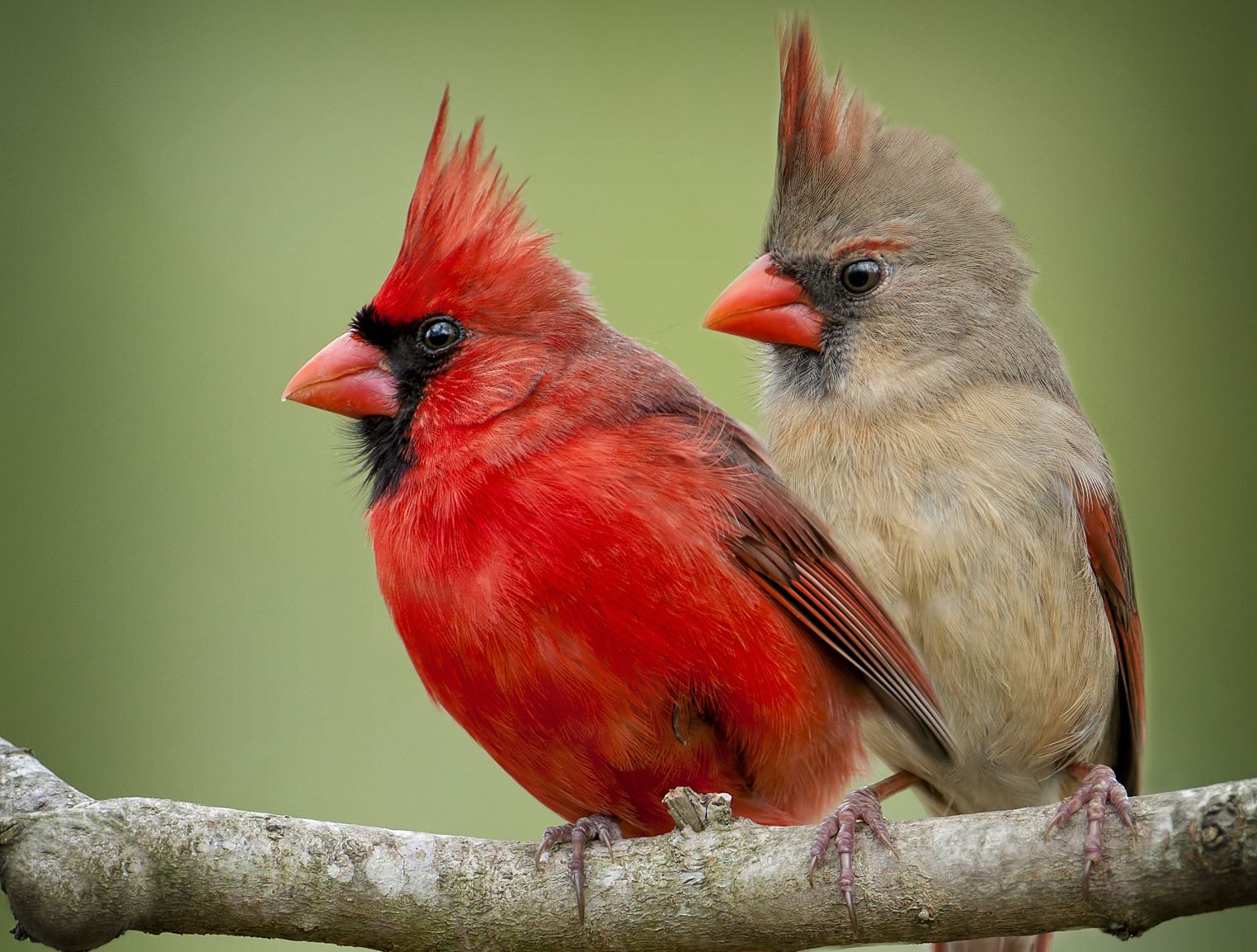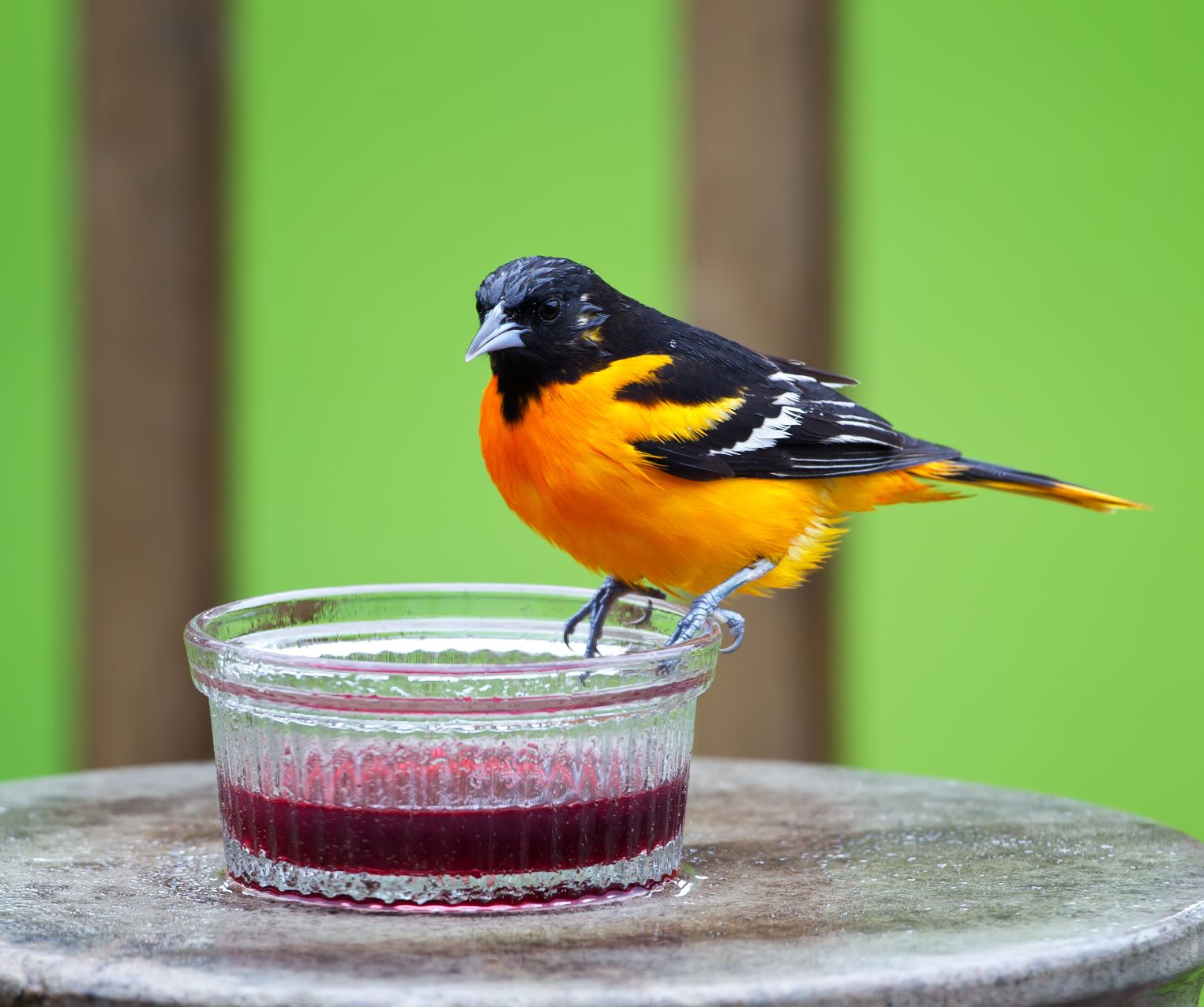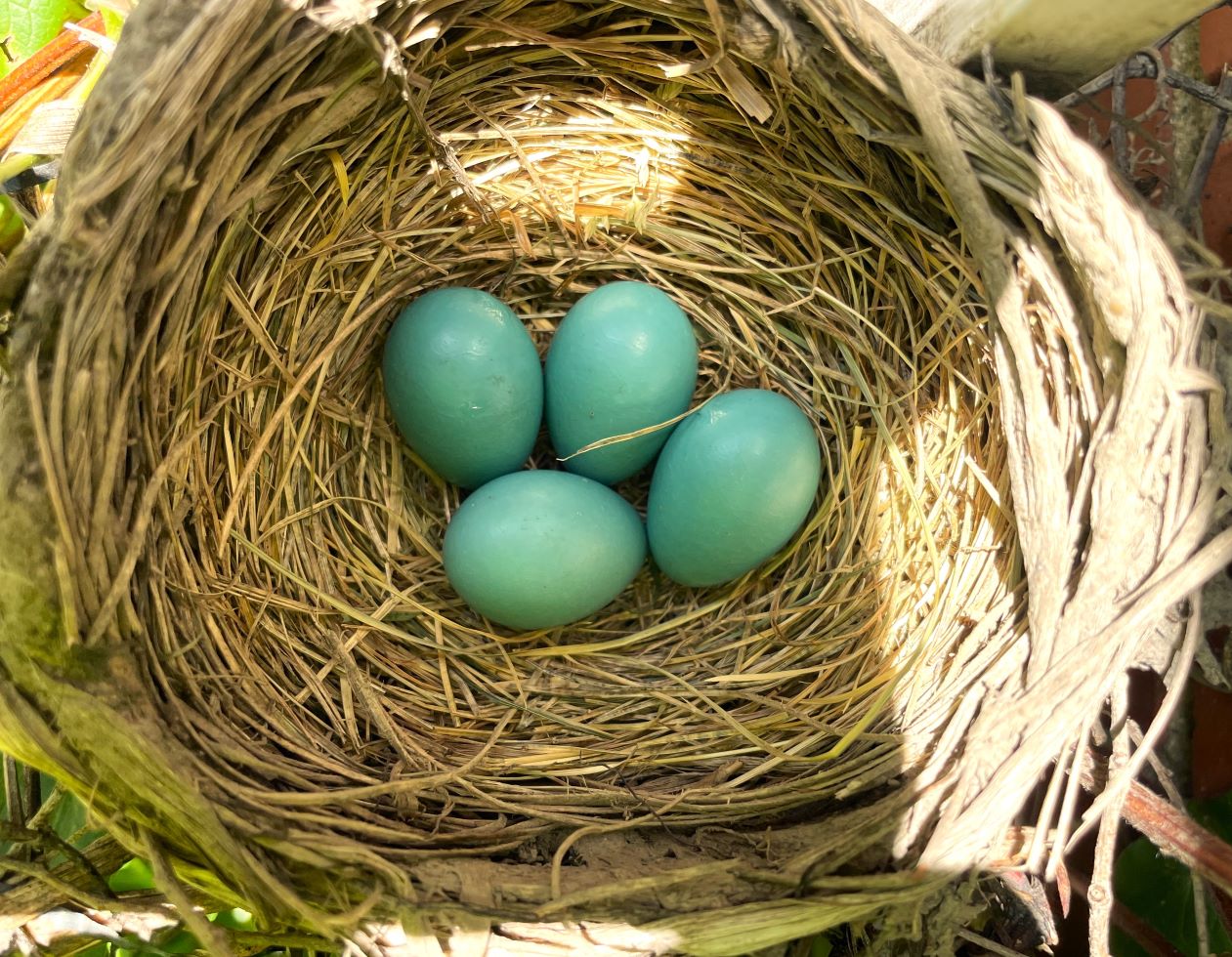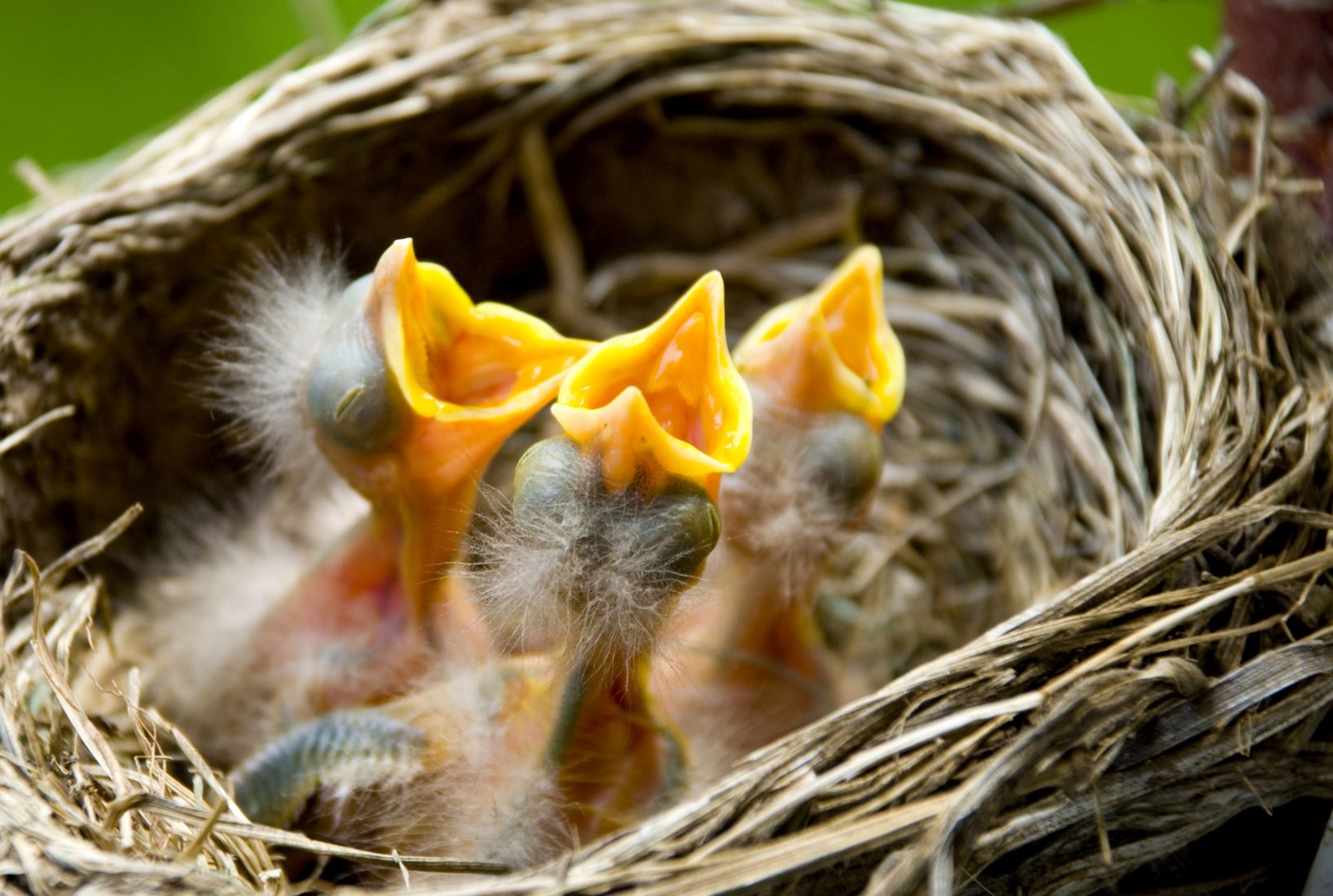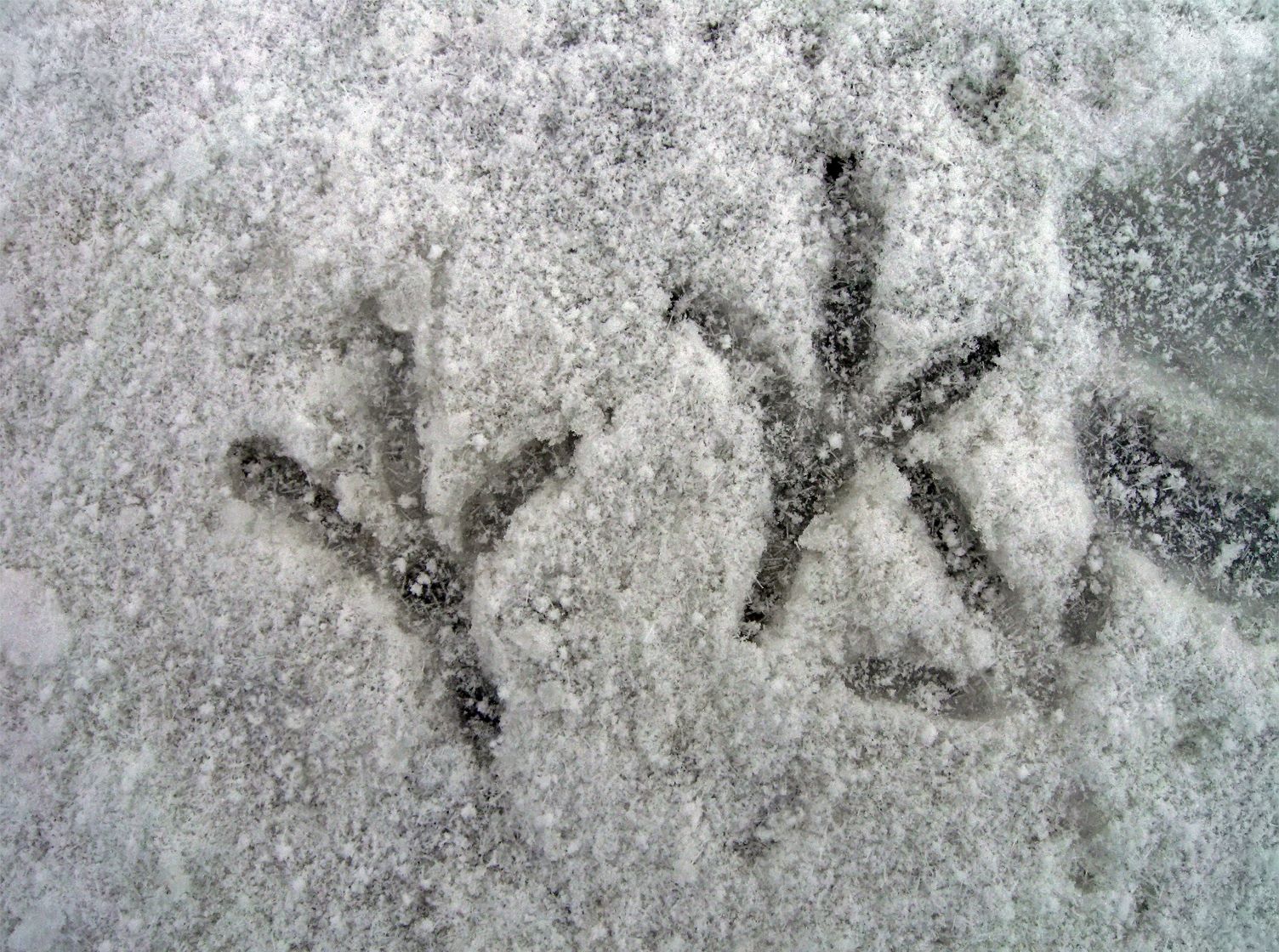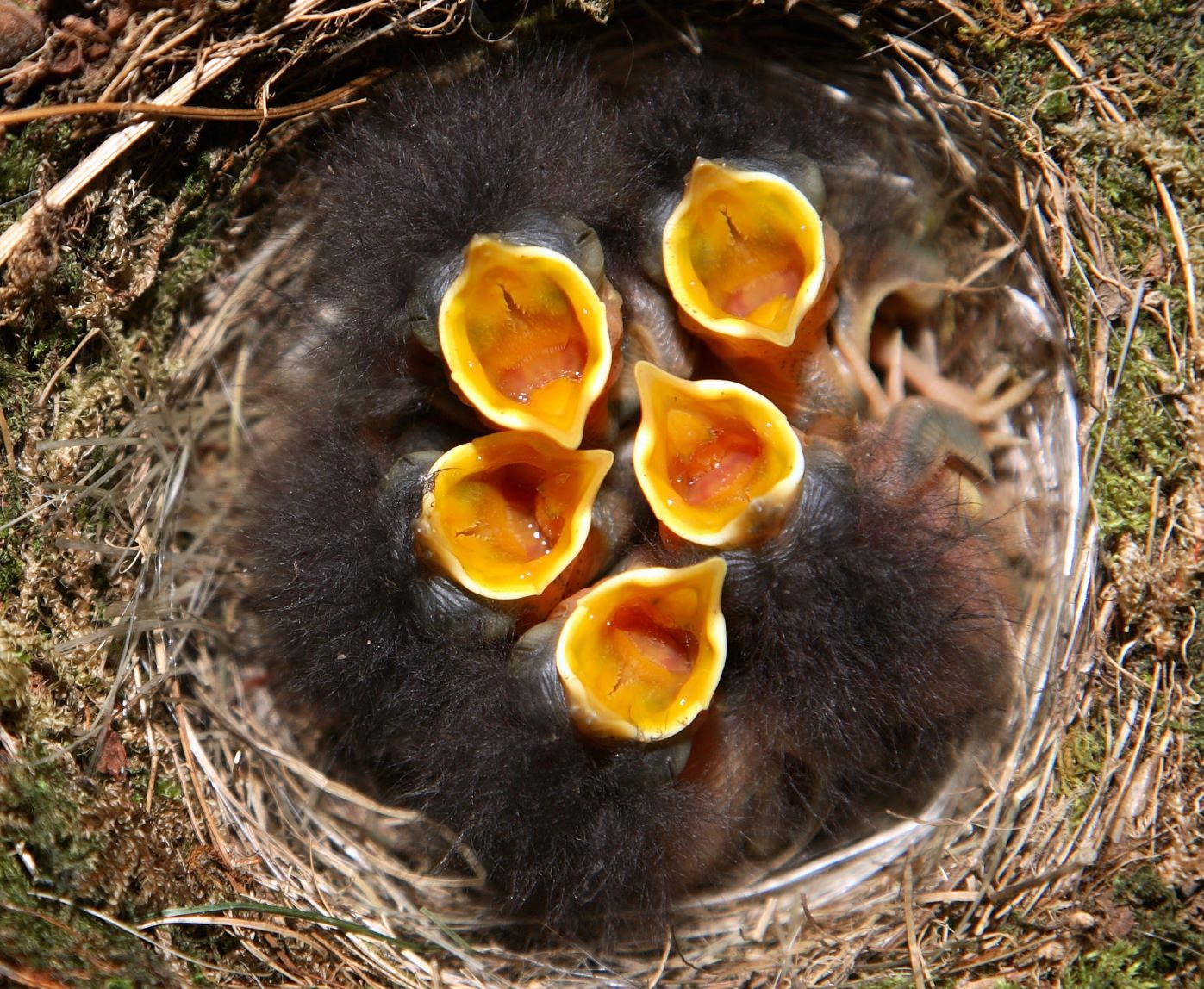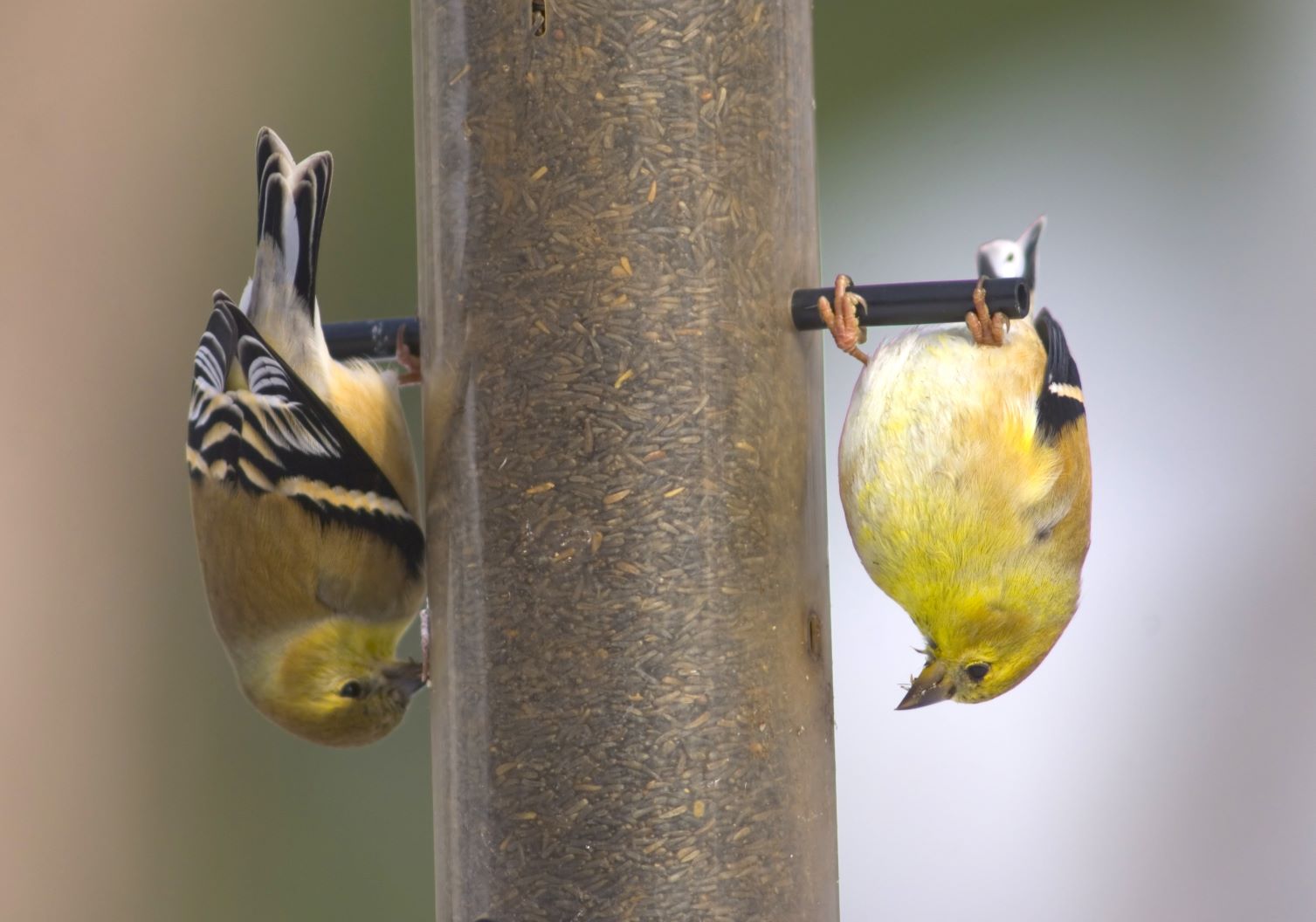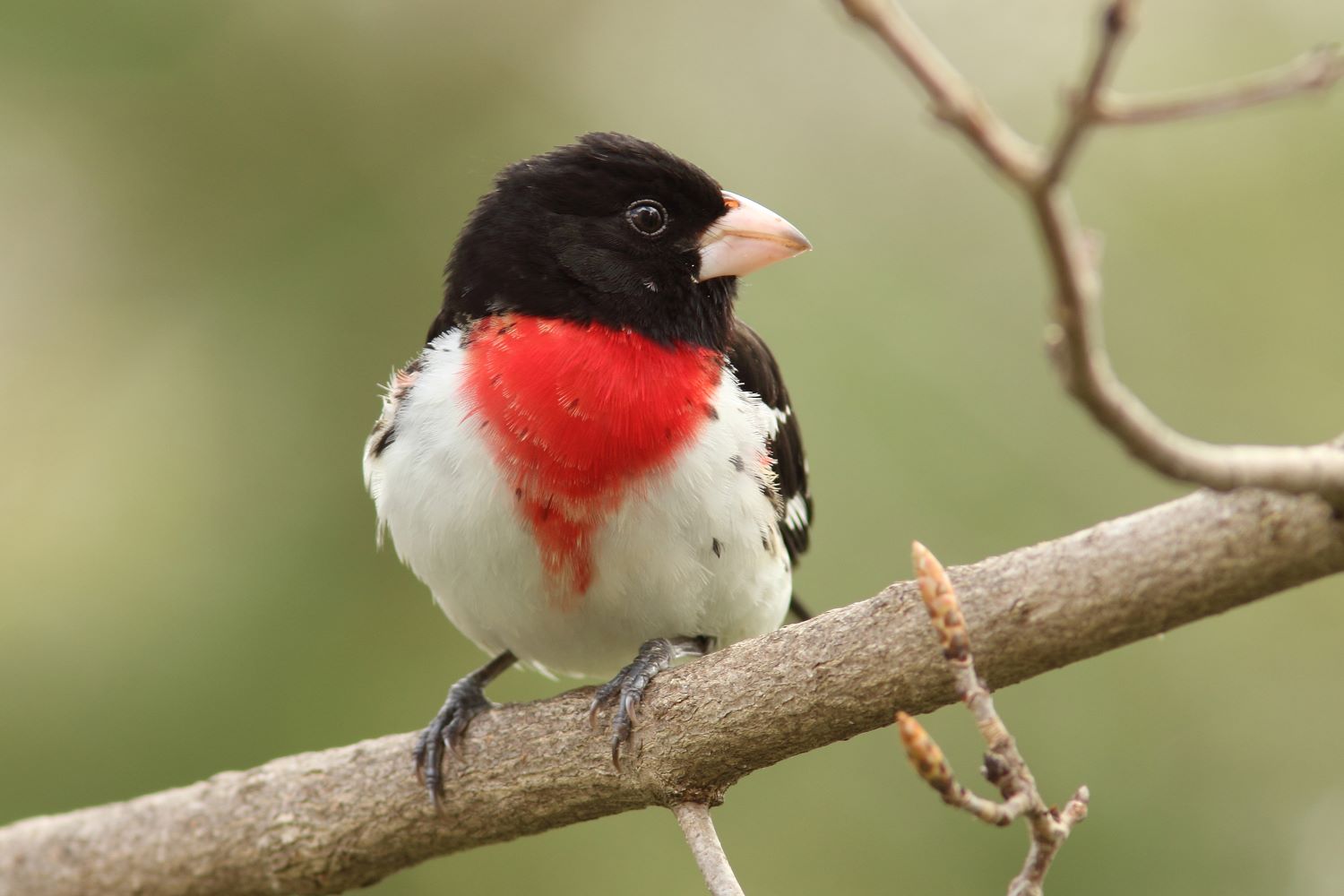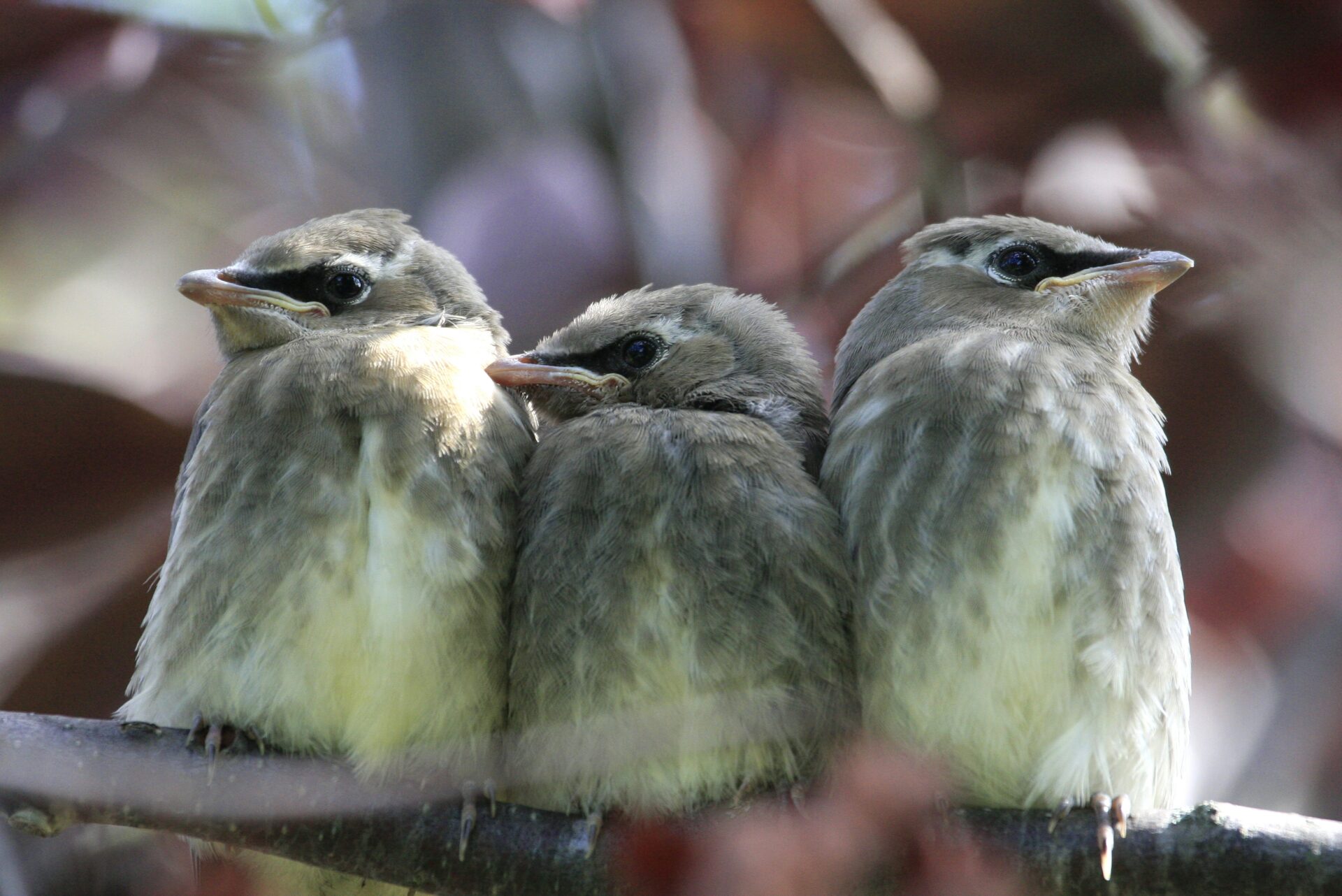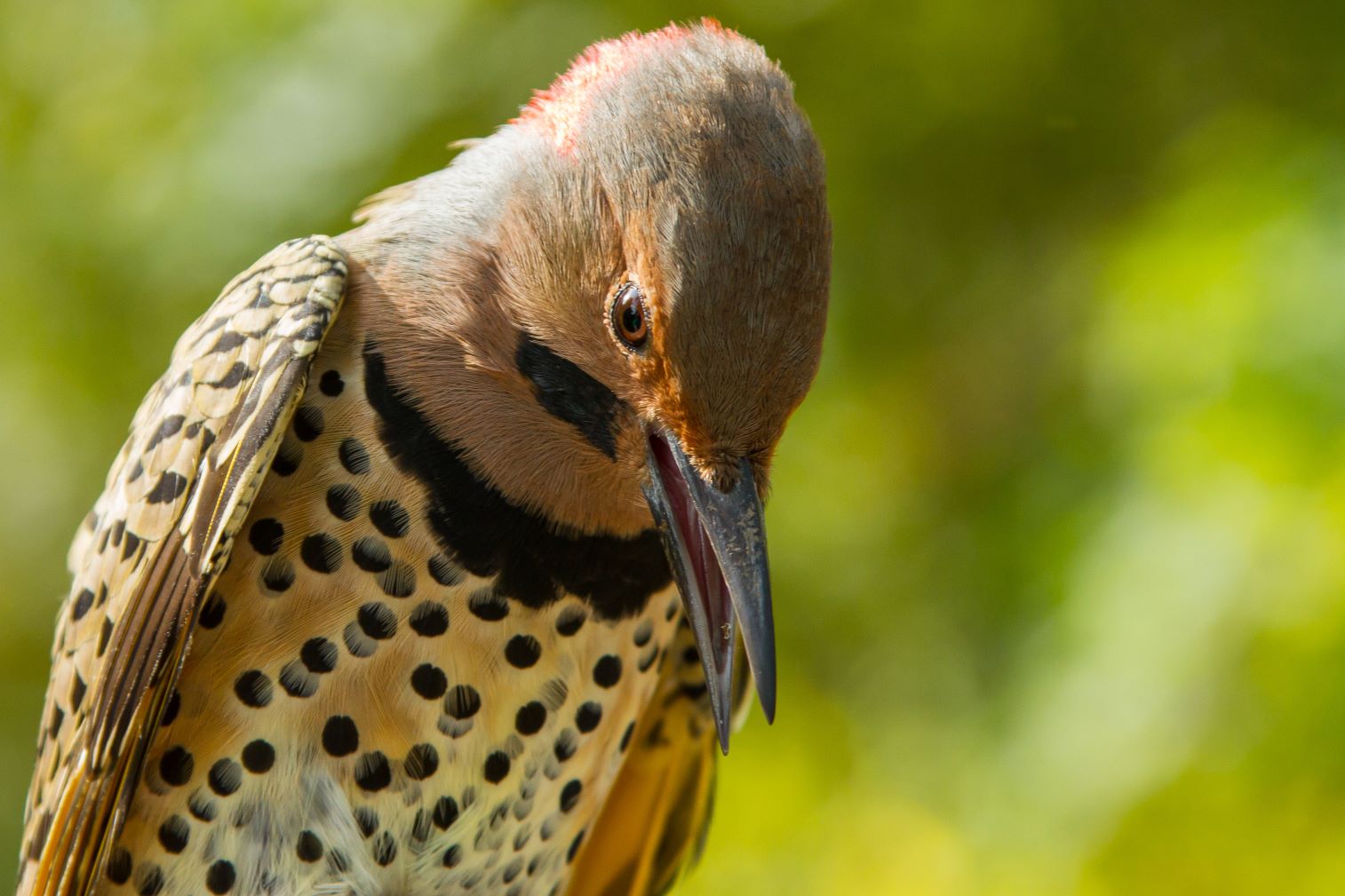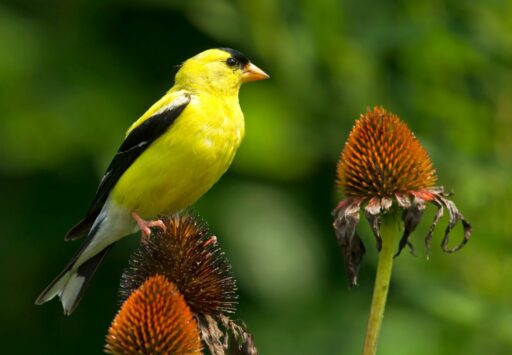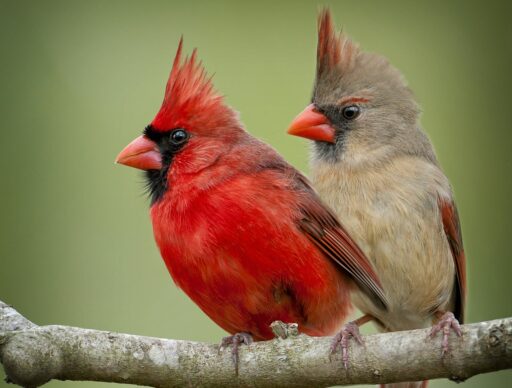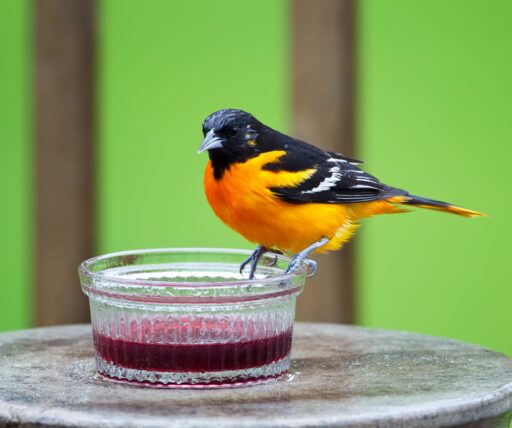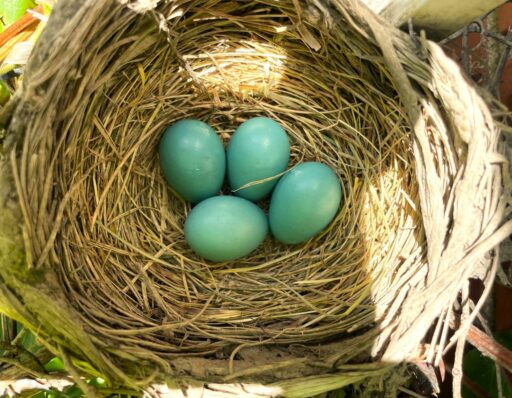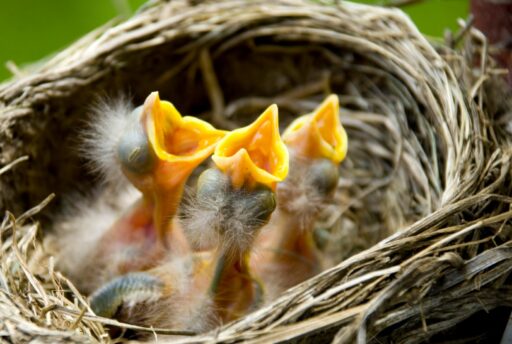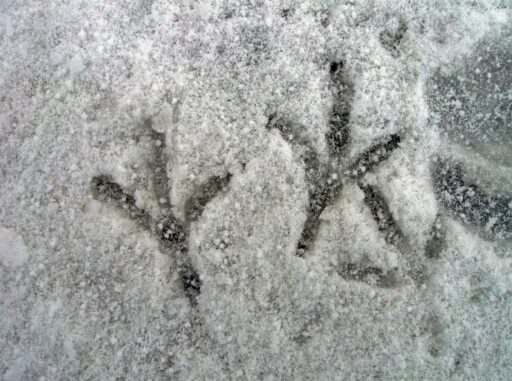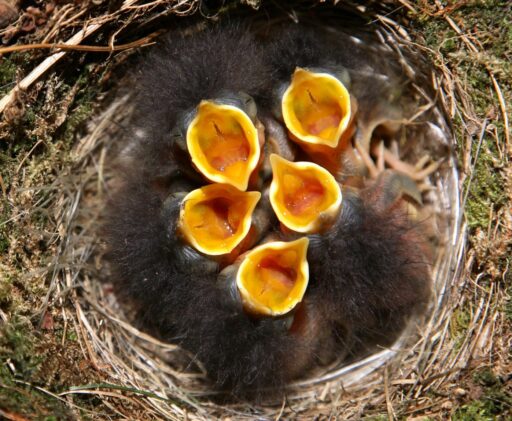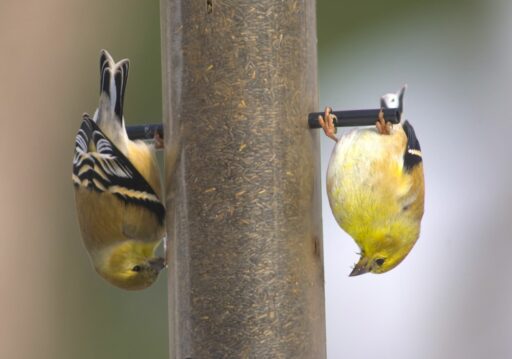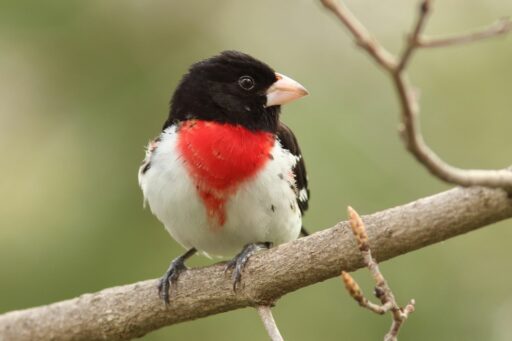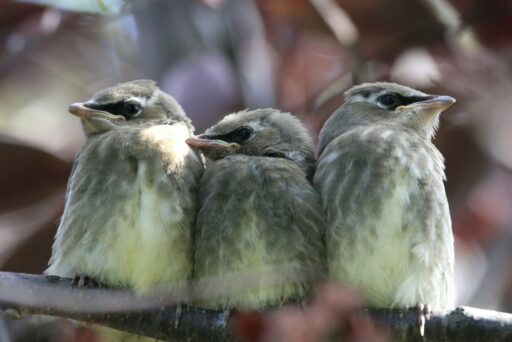Wildlife landscapes abound with fascinating characters.
They feature live entertainment all year.
Engaging with nature has a profound impact on the human spirit, quieting the mind and evoking peacefulness and happiness. Backyard bird habitats offer the opportunity to unveil the mysterious lives of songbirds and other colorful avian by bringing them closer to you and letting you observe their entertaining antics and habits. With inviting accommodations, you may be lucky enough to entice beautiful spring migratory birds to stop in for drinks, dinner and a place to rest their wings.
We hope to enhance your experiences with nature through photo-centric guides and tips on how to attract colorful birds to your backyard. Enjoy!

A pair of Cedar Waxwings sitting in a hawthorn tree holding bright red fruit in their beaks
Designing Bird Habitat
A well-designed four-season landscape naturally attracts colorful backyard birds with a variety of fruits, seeds and shelter. By offering supplemental water, quality seed and preferred housing, you are likely to draw in an exciting array of colorful wildlife visitors throughout the year.
There are many ways to support both birds and pollinators while maintaining a tidy garden. Determining your objectives and creating a plan to balance realistic maintenance needs with your lifestyle is part of the planning process.

A Blue Jay holds an unshelled peanut it its mouth with more scattered for the taking on a deck.
Bird I.D.
Our Pictorial Guide to Identifying Backyard Birds is filled with colorful photos and side-by-side comparisons of male and female songbirds and woodpeckers. It’s a PDF for those who prefer a printed copy. Keep it on hand for quick i.d. of birds flocking to your feeders.
Bird Foods
SEED:
Attract your favorite feathered guests by using our guide to Seed Popularity Ratings if Birds Could Vote. It’s a pictorial resource to help you identify and compare seed options and learn which species prefer them. There’s a popularity rating system to help you decide what to buy. In addition, get squirrel management tips and information about offering food safely, especially in hot weather. Back to Top
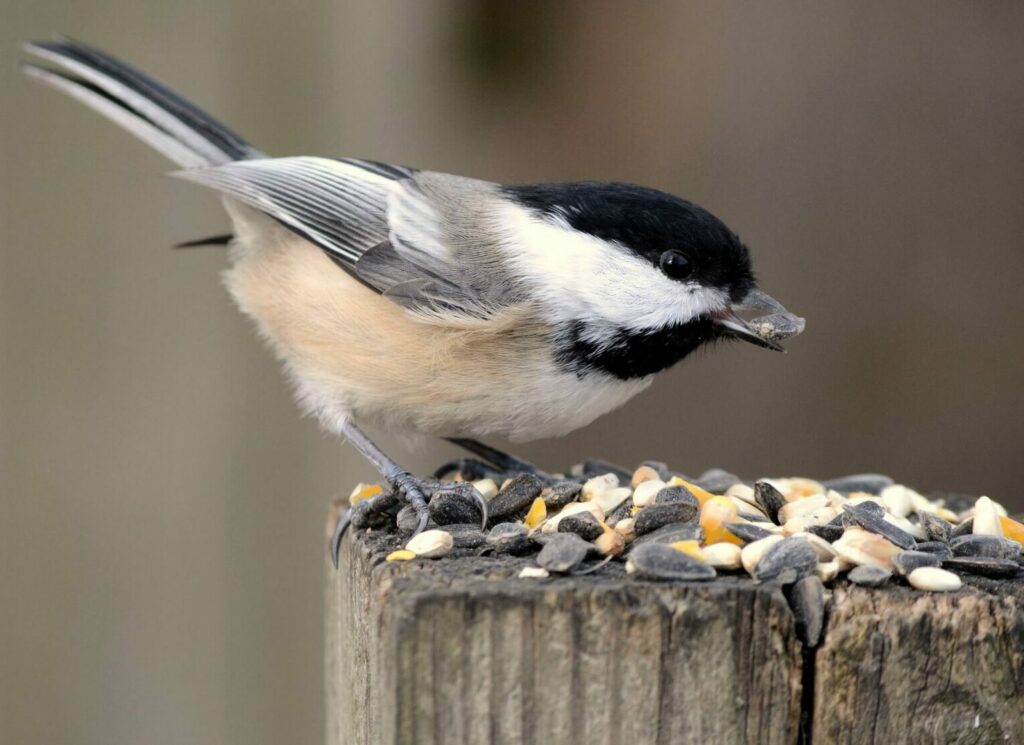
A Black-capped Chickadee selects a sunflower seed from an offering of bird food.
FRUIT:
Favorite birds you probably won’t find at seed feeders have diets consisting mostly of fruits, insects and other crawlers.

A female Baltimore Oriole balances one foot on an orange while eating the fruit at an Oriole feeder.
Orioles: Offer grape jelly, oranges and nectar.
Cedar Waxwings: Trees and shrubs heavily fruited with berries and drupes can attract a crowd of these beauties. They live in flocks.
Robins: A well-watered landscape draws these common visitors in as earthworms, beetles and other earth-dwellers are easy to unearth. They are fruit-eaters too.
MEALWORMS:
To round off an Oriole buffet, mealworms are a favorite. Other insectivores will eat them too like bluebirds, chickadees, nuthatches, robins, woodpeckers and wrens.
*Designing Bird Habitat
*Bird I.D.
*Bird Foods
*Injured Birds: What to Do
Backyard Birding Guides
A Pictorial Guide to Identifying Backyard Birds
Seed Popularity Ratings if Birds Could Vote
Injured Birds: What to Do
The Wisconsin Humane Society has a Wildlife Rehabilitation Center which serves the Greater Milwaukee area. If you find a sick, injured or orphaned animal in your yard, visit https://www.wihumane.org/wildlife/found-sick-injured-orphaned-wild-animal. You can get step-by-step instructions with photos on how to safely bring the animal in to the Humane Society.


